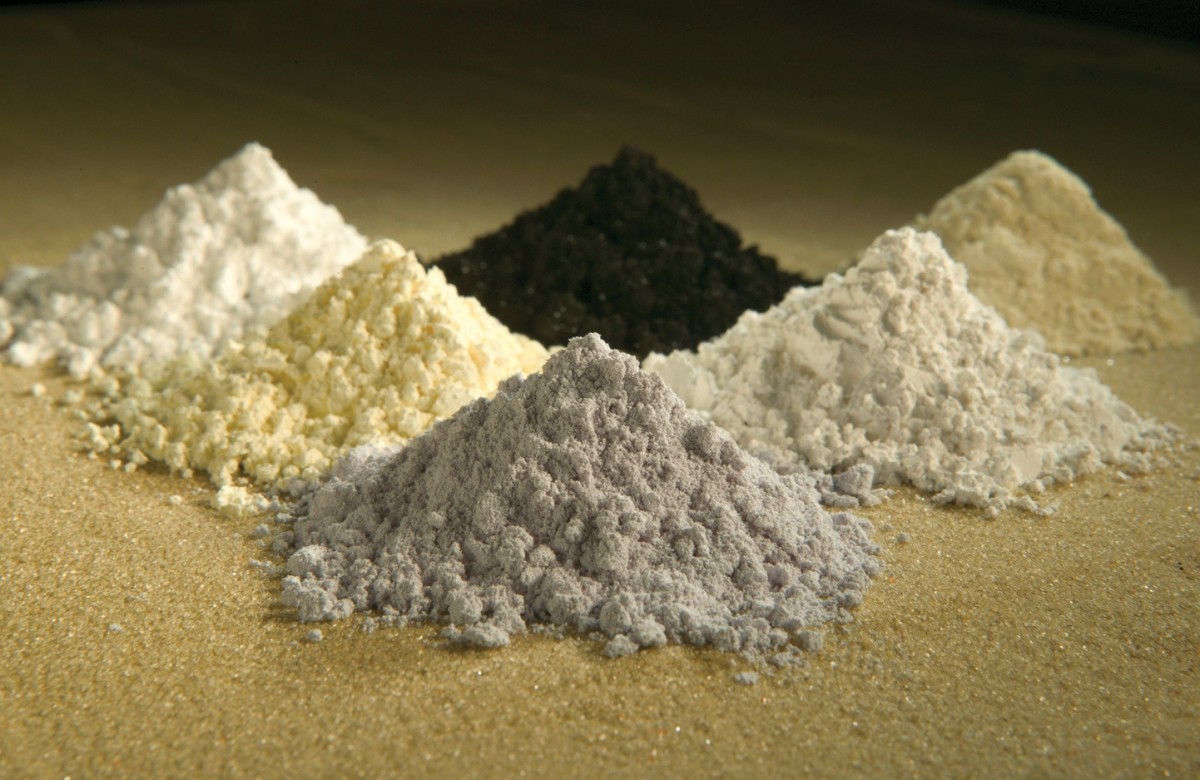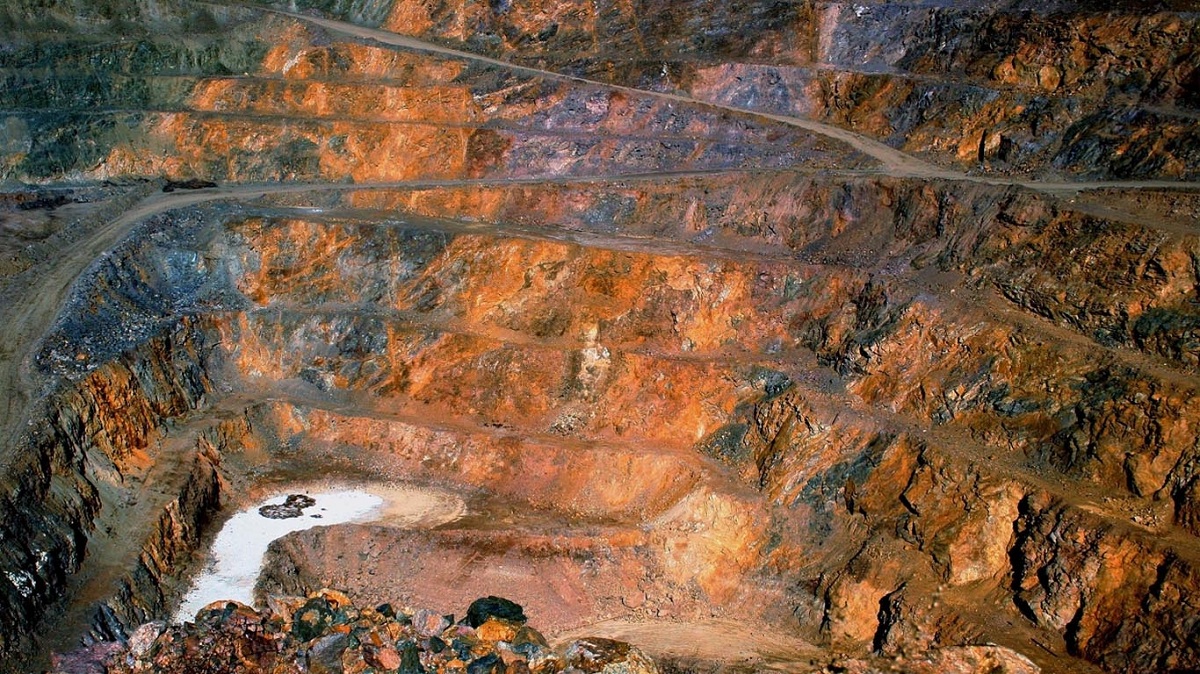
When we analyze the elements of the periodic table, many of them remain below and are known by the name of rare earth. It is found at the bottom of the periodic table of elements and without them our life would not be the same as we know it. Thanks to these rare earths, most high-tech devices such as mobile phones, computers, etc. can be manufactured.
Therefore, we are going to dedicate this article to tell you everything you need to know about rare earths and their characteristics.
What are the rare lands

As we have mentioned, these are metals that are not as rare as the name suggests, but they are difficult to extract. And it is that generally do not accumulate in minerals. If we combine this rarity of metals together with the demand in high-tech applications, there are various economic and political complications that make rare earths very interesting.
It is a series of chemical elements that are found in the earth's crust and that are vital for many of the technologies that we have today. For example, a large part of consumer electronics, computers and networks, communications, clean energy, medical care, environmental mitigation, national defense, advanced transportation, among others, make use of rare earths.
And they are very famous thanks to its magnetic, luminescent and electrochemical properties. These are unique properties and all these elements help many of the technologies to perform not only efficiently but also with reduced weight. We can also reduce emissions and energy consumption. In this way, we arrive at current technology with greater efficiency, performance, speed, durability and thermal stability. Products containing rare earth technology help drive global economic growth while maintaining high standards of living and even saving lives.
Key features

Let's see the rare earths and their characteristics We know that in terms of abundance in the earth's crust they are not particularly rare. However, its distinctive properties are due to its atomic structure. They have a configuration of electrons that makes them different from other elements in the periodic table. While all rare earths share some of the important properties, others are more specific to particular elements. Due to chemical similarities, they appear alongside minerals and rocks and are difficult to separate from each other. This is called chemical coherence.
Rare earths They have become very famous thanks to the large number of practical uses that are given to them thanks to their chemical properties. They are specific to particular elements, so the challenge of being able to separate them must be overcome.
There are several types of rare earths according to their chemical properties, apart from their atomic structure. Size is also a differentiating feature. The atomic size of lanthanides decreases with increasing atomic number. This results in the rare earths that are lighter being separated from the rare earths that are heavier. And it is that both are produced in different minerals.
For example, if we mention lutetium, we see that it can be more easily replaced by other elements in minerals where the available sites are relatively small. Rare earth compounds are generally ironic and very stable. Among the oxides we find some of the most stable. Most of the lanthanides have a trivalent state.
Rare earth classification

Let's see what are the different classifications by which rare earths are divided. The first are the lanthanoids which are classified as light rare earths. Let's see what they are:
- lanthanum
- cerium
- praseodymium
- neodymium
- promethium
- samarium
On the other hand we have the heavy rare earths which are the following:
- europium
- gadolinium
- terbium
- dysprosium
- holmium
- erbium
- tulio
- ytterbium
- lutetium
The only element that is not found on this list naturally is promethium. We know that all of its isotopes are radioactive, so it can only be formed in nuclear reactors. It cannot be found naturally on earth.
What are lanthanides
Surely when you have studied the periodic table that has given you curiosity you know about lanthanides. Is about very common elements in the earth's crust and tend to be very difficult to extract. They are not only difficult to extract, but in usable quantities. They are usually shiny and usually silver in color. Once exposed to oxygen, they have much of this silver color. They are characterized by being highly reactive and, although they are not explosive, they can quickly fog up which makes them susceptible to contamination from other elements.
We are aware that not all lanthanides fog up at the same rate. For example, lutetium and gadolinium can be exposed to air for long periods of time without staining. On the other hand, we have other lanthanide elements such as lanthanum, neodymium and europium, which are very reactive and must be stored in mineral oil to avoid fogging.
All members belonging to the lanthanide group have an extremely smooth texture. Many of them can be easily cut with a knife and no heavy tools are required for their treatment. Items considered rare earths are not considered this way because they are difficult to find. They are simply considered that way since are difficult to extract in sufficient quantities in a pure form to be able to satisfy each and every industrial need. Without being able to be in the quantities necessary to develop technological products, they will be of no use.
These lands have a real market danger of being a dominant product. We know that China has the largest amount of rare earth reserves and takes advantage of it. They are abundantly relative in the earth's crust, but detectable or less common concentrations is than most other minerals. This makes your extraction more valuable. Global demand for rare earths is expected to increase thanks to use in automobiles, consumer electronics, energy-efficient lighting, and catalysts.
I hope that with this information you can learn more about rare earths and their characteristics.